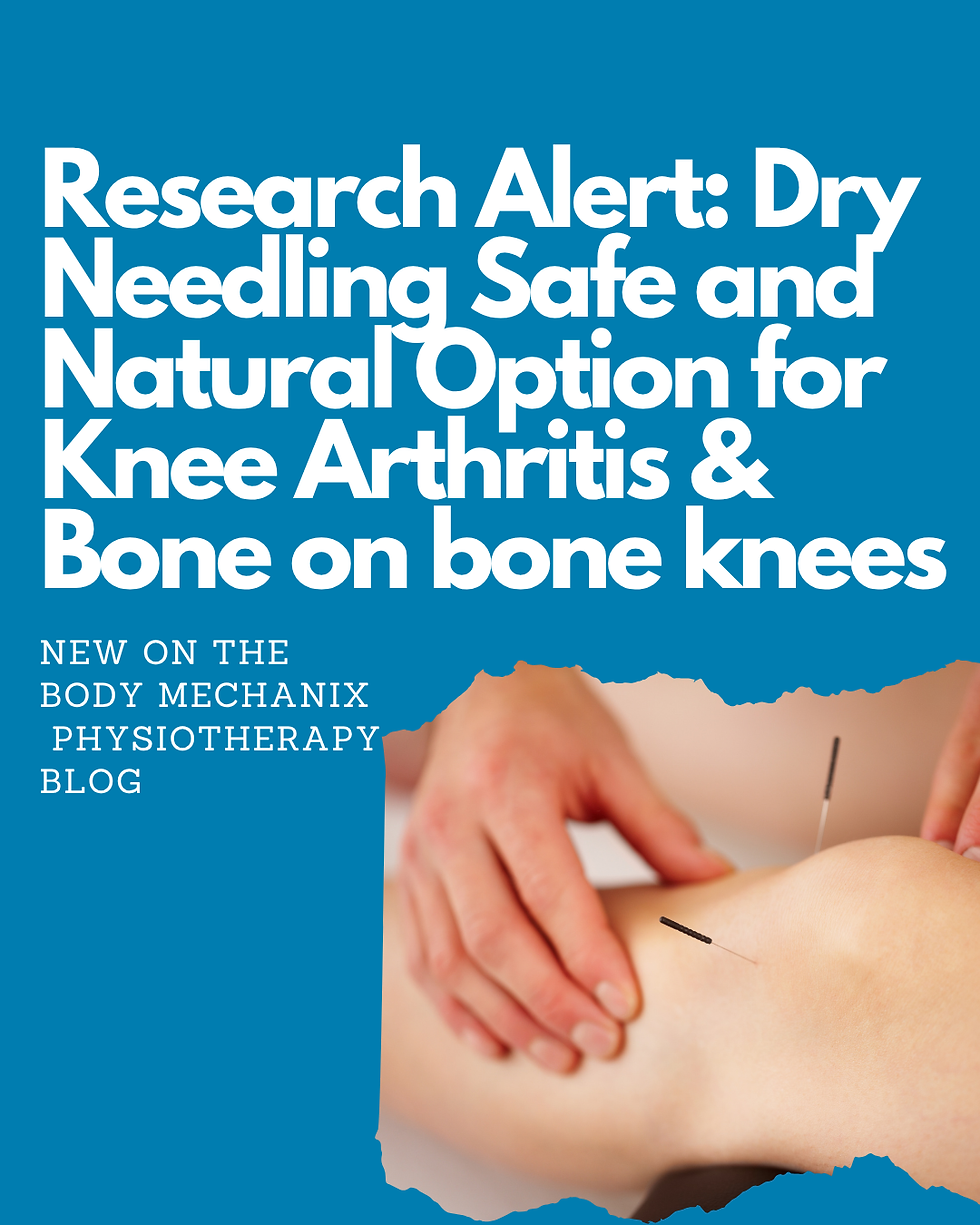3 keys to solving knee pain at any age and why it often lasts longer than it should
- Dr. Brandon
- Jul 12, 2021
- 3 min read

Are you dreading the next time you have to go up or down the stairs, getting up from a sofa, or are you avoiding certain exercises that you used to love because of knee pain? Knee pain can strike at any age and can be one of the most long lasting types of pain leading to lost time exercising or doing your favorite activities, increasing use of pain medications, injections, and when not treated quickly, knee surgery. Since the knee is a complex joint made up of several regions and also being at the mercy of the joints above and below, the causes of knee pain are often missed when going to your family doctor. Here are 3 keys to solving knee pain at any age.
Key #1: The Low Back is an often undiagnosed cause of knee pain
I had a patient remind me of this just the other day. They came in with knee pain including from a knee replacement that just never was pain free since their surgery 3 years ago and they were worried that their other knee was on the same path. They had also had a lifetime of low back issues with very little success. After a head to toe examination, we found that when they did certain movements in their back, they could make their knees both better and worse. In this case, once finding the back movement that made both the back and knee better-we ran with it and the knees started improving-without even touching them. The moral of this story? Until you've checked the spine, you might just end up treating the wrong joint.
Key #2 Treating the right joint
The knee can be divided up into several regions and each of those regions have different triggers that can cause pain, stiffness, and ultimately require an extended layoff from activity.
The first region that usually affects younger and older patients alike are issues around the kneecap. Sometimes called runners knee or patellofemoral pain syndrome, this type of knee pain often responds better to helping the tracking of the kneecap which when dealing with this type of pain often tracks to the outside of the knee. This causes it to bang up against the groove that it slides up and down in when bending and straightening your knee. This often makes going down the stairs worse than going up(though it might not be fun doing either). Often the family doctor gives exercises for strengthening your quads but this is often not the best approach as this type of knee pain needs hands on treatment to fix the kneecap positioning before strengthening AND often hip stabilization works better than thigh strengthening.
If your pain is more coming from the knee joint proper, you'll often have to improve the mobility of the joint and find a mobility exercise that consistently improves your pain BEFORE trying to strengthen as most strengthening exercises will irritate the knee long before they help with protecting and most exercises given by family doctors are often only the to start of what the knee needs and often are not challenging enough to get you back to gardening, exercising, running, or sports(where the knee will flare again because it isn't ready for that activity).
Key #3 Beware of pain coming from elsewhere
The knee is often at the mercy of both the ankle and the hip. Stiff ankles(often found through heels popping up in squats) or hips can cause the knee to move at a more severe angle often causing excess pressure to the back of the kneecap or shearing of the knee joint proper. Or, because of foot or ankle issues, your body limits what the muscles can do(like driving on a flat tire) and solving the flat tire, I've found in multiple patients that if we take care of the joint above or below the knee that the knee pain improves greatly(almost fixes itself because the irritants are gone).
Are you dealing with knee pain and are looking for a natural solution that doesn't involve injections, painkillers, or surgery or months and months of therapy just to move again?
We offer our no-cost consultation called the Total Body Diagnostic. Find out why you hurt and more importantly start to get an idea of how to begin fixing it. Request yours below, appointments are limited and are first come first served.







Comments